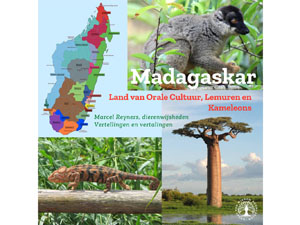Hoofdredactie
De Quest for wisdom foundation deelt graag berichten uit de internationale social media teneinde aandacht te vragen voor prangende situaties en, of inspirerende voorbeelden tonen van interculturele levenskunst.
Zoals dit verslag over de Aino, Japan’s indigenous people, die door de overheid langzamerhand en mondjesmaat ruimte en rechten terugkrijgen om hun leven vanuit eigen taal, namen, symbolen en rituelen vorm te geven.
Source: BBC, by Ellie Cobb, 20 May 2020
Japan’s indigenous people, the Ainu[1], were the earliest settlers of Hokkaido, Japan’s northern island. But most travellers will not have heard of them.
“This is our bear hut,”
the short, vivacious woman shouted through a hand-held loudspeaker, her smile creasing her forehead with deep wrinkles.
A blue hat was perched on her head and her short tunic, embroidered with pink geometric designs, was tied sharply at the waist. She pointed at a wooden structure made of round logs, raised high above the ground on stilts.
“We caught the bears as cubs and raised them as a member of the family. They shared our food and lived in our village. When the time came, we set one free back into nature and killed the other to eat.”

















